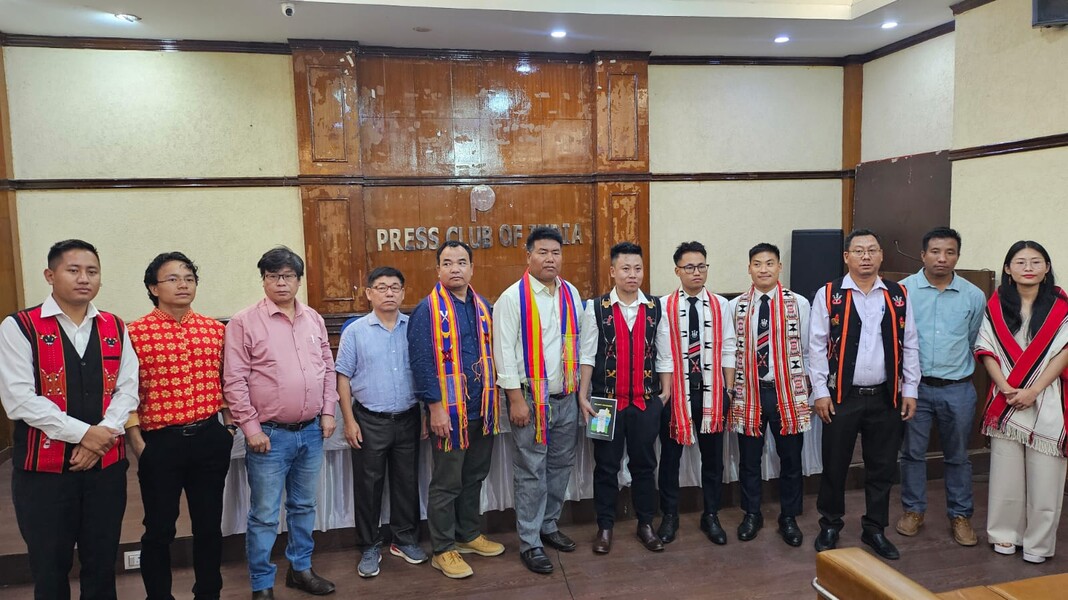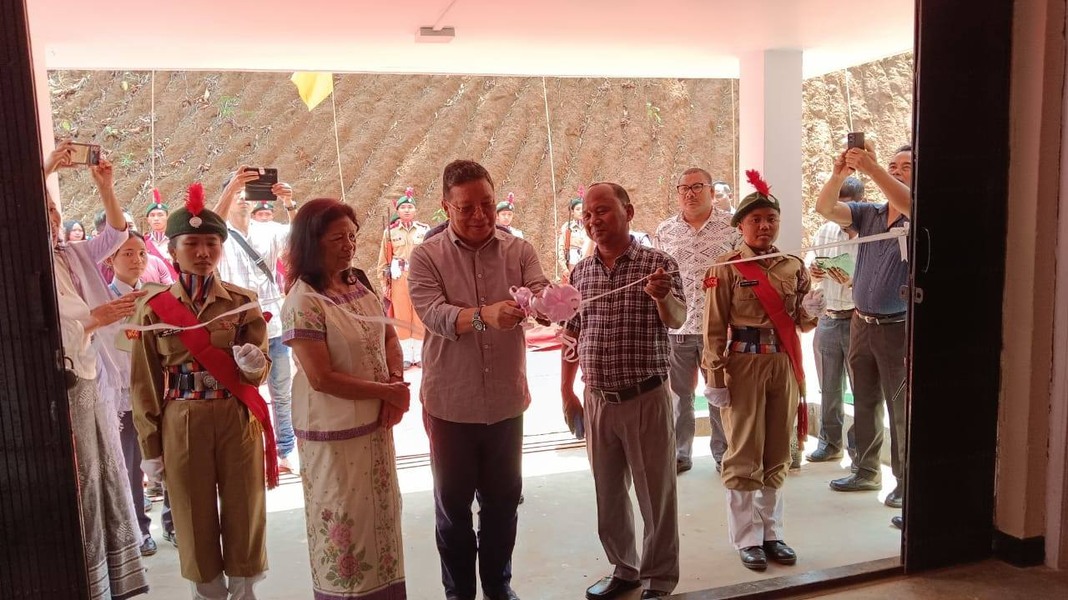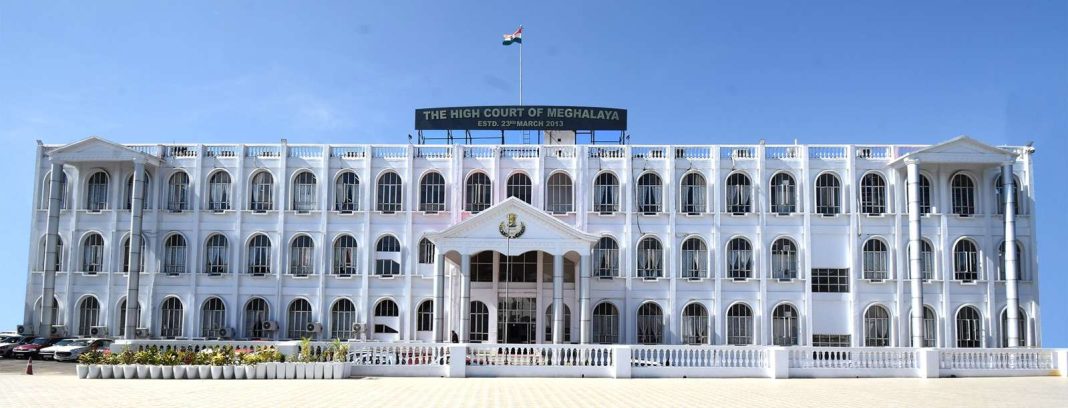
Guwahati, April 11: Raising serious concerns about the survival of indigenous communities in Manipur, the Indigenous Peoples Forum of Manipur (IPFM) on Friday issued a public call for urgent government intervention to address what it described as rapid and dangerous demographic imbalances threatening the region’s cultural identity, political representation, and social cohesion.
In a joint statement, IPFM president Ashang Kasar and general secretary Newme Heg Ramtahungbe warned that unchecked immigration, unnatural village expansion, and changing political dynamics are placing indigenous populations at risk of being marginalized in their own homeland.
“The influx of illegal immigrants and the unnatural growth of villages have created demographic distortions. These are not just numbers—these are deep, systemic threats to our identity, our rights, and our future,” the statement read.
The Forum cited the increasing inflow of undocumented migrants, particularly from Myanmar and Bangladesh, as a key driver of demographic shifts. Illegal migrants, including members of Muslim and Rohingya communities, often enter the state via porous borders through Assam and Nagaland, commonly using National Highways 2 and 37. The use of fake documentation to gain access has reportedly become widespread and routine.
Areas like Jiribam district have seen population explosions—an 80.22% increase between 1951 and 2011—with a growing demographic influence from migrant populations. The Forum expressed alarm at how illegal immigration is surpassing natural population growth, with cascading effects on resource distribution, security, and ethnic representation.

Equally concerning, according to the IPFM, is the unusual proliferation of new villages, especially in non-indigenous-dominated districts such as Kangpokpi and Churachandpur. From 1969 to 2021, the number of villages in Kangpokpi increased from 179 to 534, while Churachandpur saw growth from 216 to 544 villages. Many of these new settlements, the Forum claims, are strategically established and politically backed to alter demographic weight and influence.
Currently, 966 new villages are seeking official recognition, adding to the 2,803 existing villages. These new applications are concentrated in Kangpokpi (308), Churachandpur (281),
Chandel (205), Tengnoupal (130), Senapati (27), Pherzawl (14) and Ukhrul (5)
“In contrast, regions like Imphal Valley and Jiribam have seen a decline in the number of villages, reflecting urbanization and population redistribution, further skewing demographic balance,” they said.
“The demographic shift is also reflected in the political representation of tribal communities in the Manipur Legislative Assembly. From 1952 to 1985, the number of Naga MLAs peaked at 13 but declined to 10, while Kuki-Chin representation rose to match that number by the mid-1980s. This redistribution of political power, the IPFM argues, correlates with migration patterns and strategically expanded settlements in tribal-dominated areas,” the Forum said.
“What we are witnessing is not natural growth. It is an engineered shift with long-term consequences for the political rights and cultural survival of Manipur’s indigenous groups,” said Kasar.
The Forum warned that these demographic changes are fueling social unrest, ethnic tensions, and violent conflict, making it increasingly difficult to maintain peace and governance in the state. The socio-economic and political fabric of Manipur, they noted, is being reshaped in ways that disadvantage the original inhabitants.
The IPFM urged the government to conduct a thorough investigation into illegal immigration routes and documentation fraud, freeze the recognition of new villages pending demographic verification, protect and prioritize the rights, land, and identity of indigenous communities and implement a robust population audit and ethnicity-based census to understand the full impact.
“Time is running out. The government must act now if it wants to preserve the integrity and future of Manipur’s indigenous people,” the Forum added.





